
views
Getting Medical Treatment

Find an endocrinologist or another local healthcare provider. Ask your primary care doctor if they can offer you HRT. Some physicians can provide HRT. In most cases, however, they will refer you to an endocrinologist, which is a doctor who specializes in hormones. If you do not have a primary care doctor, you can find your closest endocrinologist by going here: https://www.aace.com/. Contact your local LGBT support organization to see if they have any recommendations for a good doctor. Some Planned Parenthood locations in the US offer HRT.

Provide informed consent about the transition process. Your doctor will talk to you about the changes, side effects, and processes of undergoing HRT. They may also provide pamphlets and other reading material. Go through these carefully. Once you are certain that you want to continue, sign a document giving informed consent to the doctor to proceed. Most doctors will only provide HRT to people 18 or over. Older adolescents may be able to undergo therapy with their parent or guardian’s permission. Talk to your doctor for more information. HRT will increase your risk of blood clots, cancer, and stroke. After a few months on HRT, you will become irreversibly sterile. If you would like to preserve sperm to have a child some day, talk to your doctor about your options.

Demonstrate that you are capable and willing to undergo HRT. Some doctors may require “proof” that you are comfortable living as a female and that you are able to make the decision to undergo HRT. To do this, you may need to show that you have lived for 12 months as a woman. If you are working with a therapist, you can also have them provide a reference for you. Some doctors may require that you undergo a psychological evaluation by a therapist. They can refer you to a therapist or you can provide your own. Not all doctors will require this step. That said, many will try to make sure that you have thought through the decision carefully. If you're unable to undergo HRT for any reason, seek out what you can do to live more fully in your authentic gender when and wherever you feel safe doing so.
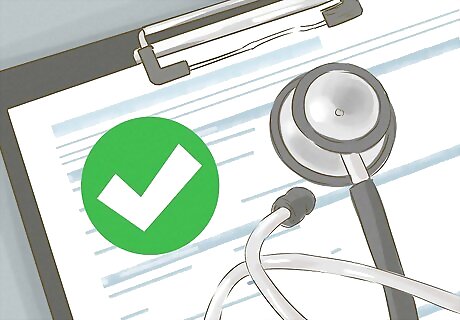
Tell your doctor about your medical history. Hormone therapy can increase the risk of certain medical problems, and it may interfere with certain medications. Give your doctor a full report of your entire medical history, including any past hormone treatments and current medications. Inform your doctor if you or your family have a history of breast cancer, if so you may not be a candidate for hormonal therapy. Inform your doctor about any history of cardiovascular problems (such as heart disease, high blood pressure, or heart attacks), deep vein thrombosis, blood clots, or liver disease. Hormone therapy may increase your risk of these. Make sure to tell your doctor about your mental health history as well, including any history of depression, bipolar disorder, or psychosis.
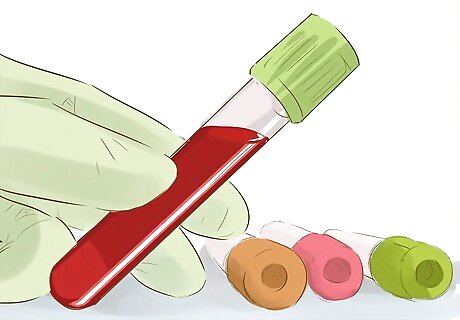
Undergo blood tests to determine your health. These tests will help your doctor find the right medication and dosage for you. It will also ensure that you are healthy enough for hormone therapy. Your blood may be sent to a lab or tested at the office to check for: Blood count, blood lipid, and blood glucose levels Liver function Diabetes Testosterone levels
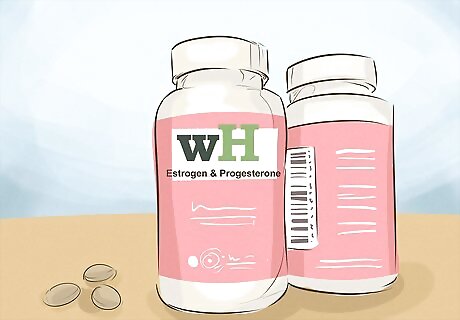
Get a prescription for female hormones and male hormone blockers. You will be prescribed a form of estrogen to introduce female hormones into your body, as well as an anti-androgen to reduce male hormones. In rare cases, you may be given progesterone as well. Estrogen includes estradiol, estriol, and estrone. It is the “female” hormone. Estrogen comes in pill, patch, or injection form. Anti-androgens (sometimes known as androgen blockers or antagonists) will reduce the effect of testosterone (the "male" hormone) in your body. The most common form is Spironolactone, which comes in pill form. Progesterone may sometimes be used if estrogen is not working in your body. That said, it is not commonly prescribed due to the high risk of side effects.

Save money to pay for the treatment. HRT can cost up to $1,500 USD a year. Some insurance plans may cover the treatment, but others may not. If you have insurance, talk to your provider to see if they will cover your treatment. If not, start saving up money. Most people who start HRT will be on it for the rest of their lives. Start budgeting to include HRT as part of your lifestyle.
Taking Your Medications
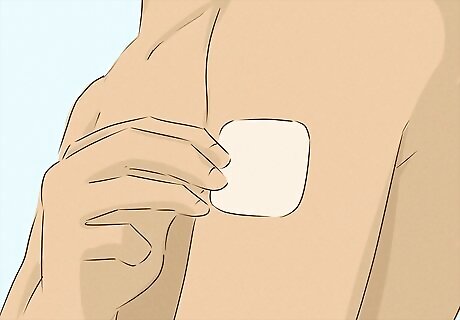
Apply an estrogen skin patch directly to the skin. Estrogen is sometimes given as a skin patch. Follow the instructions on the label of your prescription to apply the patch. In most cases, you will apply the patch to dry, clean skin twice a week. Patches are best for women over 40, smokers, and anyone at higher risk of developing blood clots.
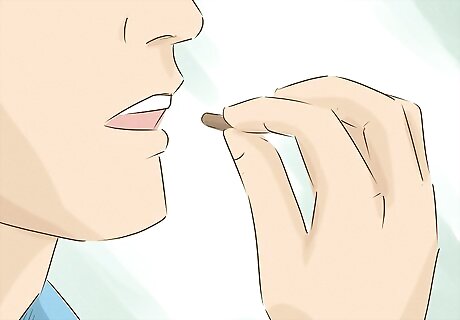
Take a pill according to your doctor’s instructions. Estrogen is sometimes delivered in pill form instead. Furthermore, your anti-androgens may come in pill form. Read the instructions on your medication carefully. Some pills may need to be taken every day while others will be taken every other day. Pills may have varying levels of risk and effectiveness. Never take more than your prescribed dose of hormones. Taking more hormones will not speed up your transition, but it can increase your risk of complications.
Inject estrogen into your buttock or thigh weekly. Ask your doctor to show you the proper way to inject. Before you inject, clean the syringe and your skin with an alcohol wipe. Insert the tip into the medicine bottle and hold it upside down to fill it. Press down on the plunger to fill it. Make sure to tap the syringe and press down on the plunger to release any air bubbles before injecting it. Injections deliver higher doses of estrogen, but they can also increase the risk of blood clots significantly.

Watch out for side effects as you start therapy. Every person develops differently on HRT. Some may take longer than others to develop feminine features. It is important you monitor your health for any potential side effects. Call your doctor if you notice: Abdominal pain Nausea or vomiting Headaches or migraines Skin rash

Return to the doctor every 3 months for the first year. The doctor may test your hormone levels and monitor for any side effects, such as diabetes or kidney and liver issues. Your doctor may decide to increase your estrogen or anti-androgen doses. After the first year, your doctor may only need to monitor you every 6-12 months.
Managing Physical Changes
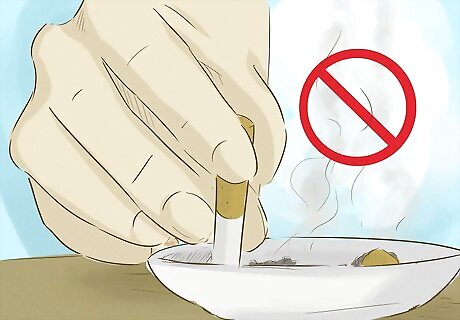
Quit smoking. Smoking can reduce the effects of estrogen and increase your risk of complications. If you smoke cigarettes, talk to your doctor about quitting.
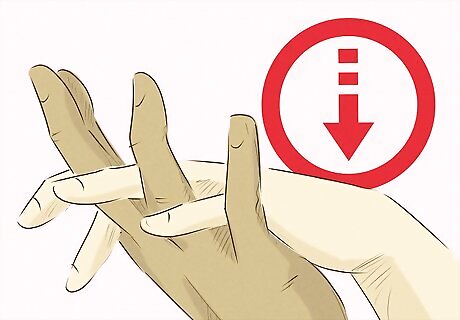
Watch out for a reduced sex drive. HRT may reduce your sex drive and libido. If you are currently in a relationship, talk to your partner about your needs and desires. Make sure that they understand that your sex drive may decrease. If necessary, you both may want to attend couples counselling to help you work through it together. For some people, the lack of sex drive will last for as long as they take HRT.
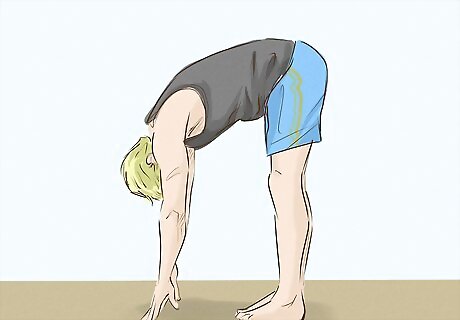
Exercise to maintain muscle tone. Estrogen will change the way that your body distributes fat and muscle. Women generally are less muscular than men. That said, muscle tone is important to general health. Keep exercising to maintain a healthy muscle tone.
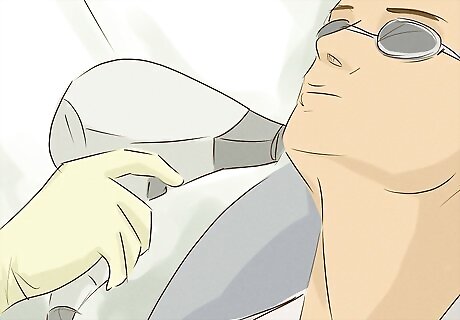
Get electrolysis or laser treatment to remove unwanted hair. Estrogen will cause the hair on your back, face, and arms to thin, but it will rarely take it away completely. To remove hair from these areas, book an appointment with a dermatologist or plastic surgeon for electrolysis or laser hair removal treatments. It may take several treatments to remove hair completely. The average cost of laser hair removal is $235 USD per session. The average cost of electrolysis is between $50-100 USD an hour.

Create a strong support group. HRT can help you feel at peace with your gender identity. That said, you may have mood swings or other side effects during this time. Tell your friends and family what to expect as you go through HRT. Ask them to help support you through the process. If you are not already going through therapy, you may want to find a mental health professional who can provide support during the process. Many LGBT centers offer support groups for people who are currently going through or considering HRT.
Taking the Next Steps
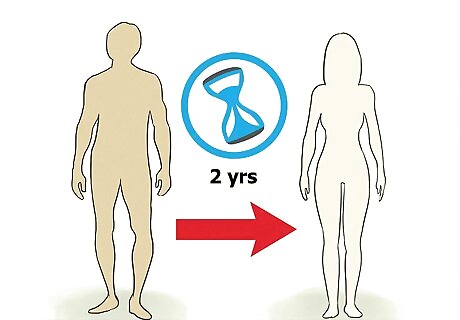
Wait 2 years before considering plastic surgery. It can take up to 2 years for the full bodily effects of hormone therapy to take effect. Your breasts, hips, and face may not completely feminize until this time, and it may take a while for fat to redistribute in your body as well. It used to be that people needed to spend a certain amount of time living publicly in their affirmed gender before going on hormones or being on hormones a certain length of time before having surgery, but it is now understood that these guidelines can be overly limiting and are not a fit for everyone.
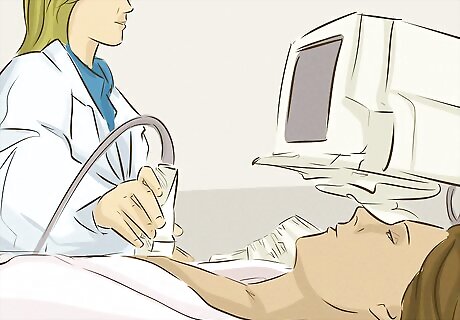
Start breast cancer screenings 2 to 3 years after starting hormones. While your risk of breast cancer is still lower than a cisgender woman, your risk will still increase. After a few years on hormones, go to your doctor for annual breast cancer screenings.
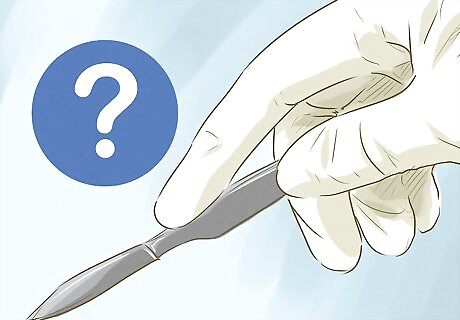
Talk to your doctor about surgery if you want it. Not everyone on HRT decides to get gender reassignment surgery, but if this option feels right to you, talk to your doctor to determine what is the best step for you. Gender reassignment surgery will remove your male genitals and reform them into female organs. The removal of your testicles is a procedure called orchiectomy. After this procedure, you can start taking a lower dose of estrogen. Other surgeries that you might consider include facial feminization surgery (plastic surgery that will make your face look more feminine) and breast augmentation (to give you a fuller bosom).
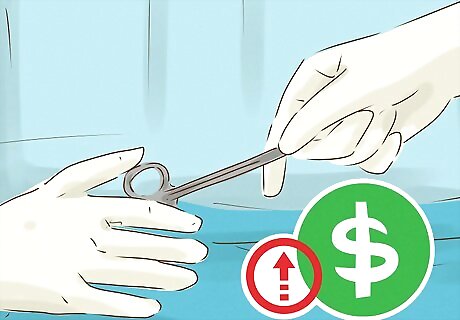
Save up money for the surgery. In some cases, insurance may cover gender reassignment surgery, but it usually won’t cover feminization procedures or breast augmentation. These procedures can be very expensive. Gender reassignment surgery may start at $30,000 USD. Facial feminization can start at $5,000 USD and go all the way up to $20,000. The cost of breast augmentation can vary widely but in general it can cost up around $4,000 USD.
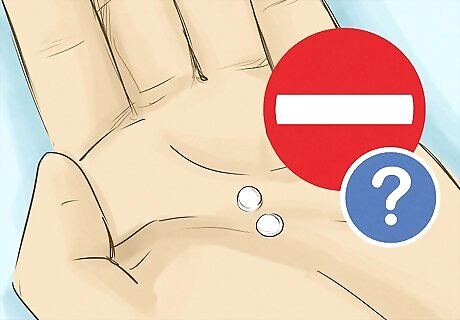
Discuss if you will need to stop taking hormones before surgery. Because hormones can increase the risk of blood clots, your doctor may advise you to stop taking them for 4-6 weeks before surgery takes place. You may need to wait a few weeks after the surgery to start taking them again.



















Comments
0 comment